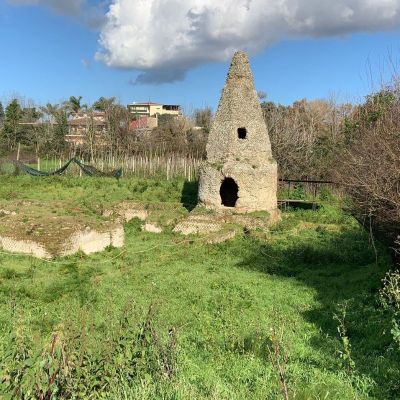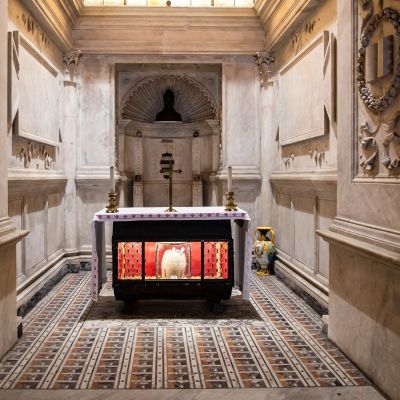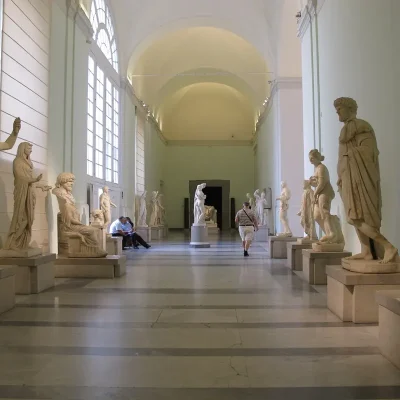Nestled along the Amalfi Coast, the Sentiero degli Dei, or “Path of the Gods,” is a trekker’s paradise. This ancient path, rich in history and natural beauty, winds above Positano, offering breathtaking views of the Mediterranean. For travelers and tourists, the trail provides an unforgettable experience, blending scenic beauty with historical intrigue.
Historical Context
The Sentiero degli Dei, tracing its origins back to ancient times, was used by muleteers and shepherds navigating between the small mountain villages. The path connects Agerola, a quaint town in the hills, to Nocelle, a fraction of Positano perched on the cliffs. This historic trail, once a lifeline for local communities, has now become a symbol of the enduring beauty and spirit of the Amalfi Coast.
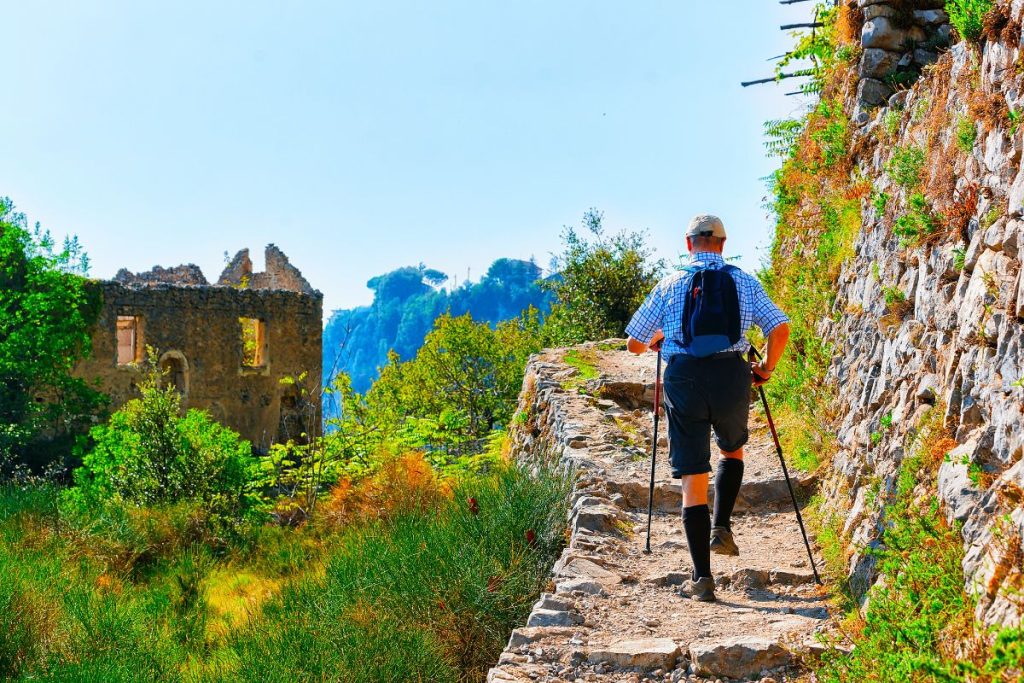
The Trail’s Route
The Sentiero degli Dei, meandering through the majestic landscapes of the Amalfi Coast, offers a journey that is as rewarding as it is challenging. The trail’s route, spanning approximately 10 kilometers, is a showcase of the region’s diverse natural beauty and historical significance.
The hike traditionally begins in Bomerano, a quiet fraction of the town of Agerola. This small, unassuming village serves as the gateway to the trail and provides a stark contrast to the dramatic scenery that unfolds as the hike progresses. The path starts at an altitude of 630 meters, where the air is fresh and the views of the surrounding mountains are a precursor to the stunning vistas to come.
From Bomerano, the trail gently ascends, meandering through lush forests and terraced farmlands. This early section of the hike offers a peaceful introduction to the area’s rural charm. Hikers pass by traditional stone houses and small chapels, reminders of the region’s rich cultural heritage.
As the trail climbs higher, the views become increasingly spectacular. The “High Path” section is known for its breathtaking panoramas of the coastline and the deep blue sea. Here, the path narrows and clings to the cliffs, offering a thrilling experience as you walk along the edge of the mountainside. Carefully laid stone steps and well-maintained paths ensure safety while allowing hikers to fully immerse in the stunning surroundings.
Grotta del Biscotto
One of the highlights along the route is the Grotta del Biscotto, a natural cave that provides a cool respite from the sun. The cave, named after the biscuit-like rock formations within, is a popular spot for a brief rest and photo opportunities.
Panoramic Points
Several panoramic points along the trail offer unforgettable views of the Amalfi Coast, the Isle of Capri, and the surrounding Lattari Mountains. These viewpoints are perfect for capturing photographs or simply pausing to appreciate the magnificent landscape. Benches and small rest areas are strategically placed, allowing hikers to relax and soak in the beauty.
The trail is renowned for its geological features and panoramic views. Along the way, hikers can gaze upon the Faraglioni of Capri, the sprawling Lattari Mountains, and the sparkling Mediterranean. Each turn offers a new, picture-perfect view, making the hike a photographer’s dream.
Flora and Fauna
The Sentiero degli Dei is a haven for biodiversity. The Mediterranean maquis, with its aromatic herbs and shrubs, covers much of the landscape. Springtime brings a burst of color with wildflowers. Birdwatchers can spot a variety of species, while the more observant hiker might catch glimpses of local fauna like foxes and wild rabbits.
The Best Time to Visit
The ideal time to hike the Sentiero degli Dei is from April to October. During these months, the weather is typically pleasant, with clear skies and moderate temperatures. Early summer mornings offer cooler conditions, ideal for hiking. The trail is less crowded during the shoulder seasons of spring and autumn, providing a more tranquil experience.
Preparing for the Hike
A successful hike requires proper preparation. Essential items include water, sunscreen, a hat, snacks, and a camera. Hiking boots are recommended for navigating the rocky and uneven terrain. A lightweight backpack can carry all essentials without adding too much burden.
The trailhead in Bomerano is accessible via public transport from Amalfi or by car. Free parking is available, but spaces can fill up quickly during peak season. The hike starts with a gentle ascent, offering a panoramic view of the Amalfi Coast.
Cultural Significance
The Sentiero degli Dei is steeped in local lore and legends. It’s said that the gods walked this path to reach the sea, hence its name. The trail passes through ancient terraced vineyards and old shepherd huts, reminders of the area’s rural past.
Safety on the Trail
Safety is paramount on the Sentiero degli Dei. The path is well-marked, but certain sections can be challenging, with steep drops and uneven surfaces. Hikers should stay on the marked trail, wear appropriate footwear, and be mindful of the weather conditions.
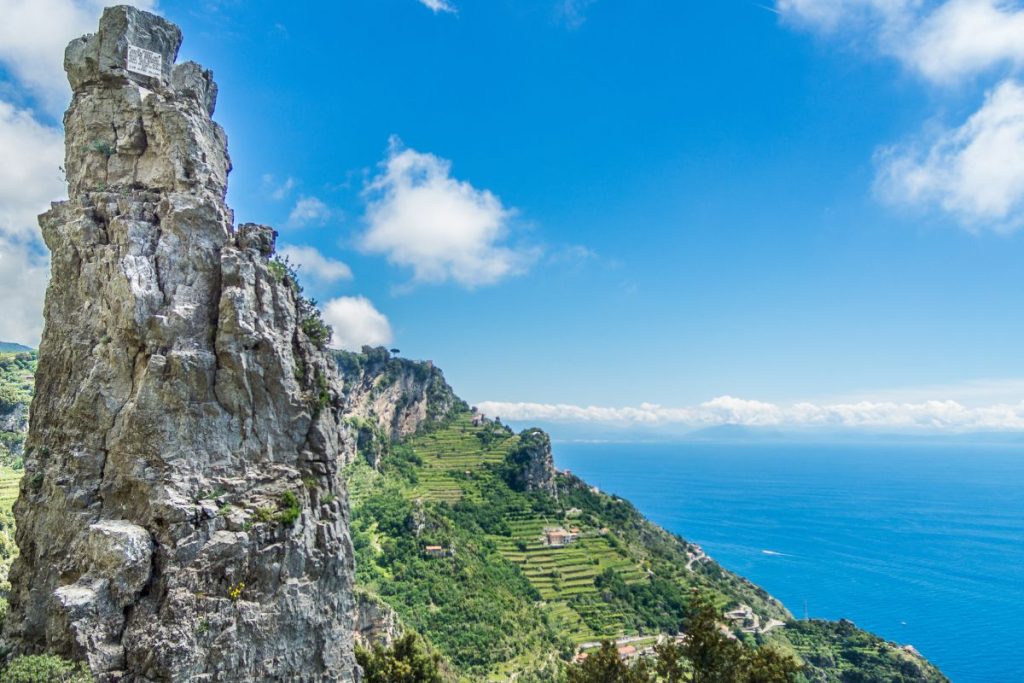
The Path of Gods
The mid-section of the trail is perhaps the most dramatic, with narrow paths hugging the mountainside. Here, the views of the coastline and the deep blue sea are unparalleled. Small chapels and ruins along the way add to the trail’s charm.
As the trail descends towards Nocelle, the views shift to include Positano and its colorful houses. Nocelle, a peaceful village, provides a stark contrast to the bustling streets of Positano below. Here, hikers can rest and refuel at local eateries, savoring traditional dishes.
From Nocelle, a staircase with over 1,500 steps leads down to Positano. This descent offers a different perspective of the town, with opportunities to explore its narrow streets, boutiques, and beaches.
After the Hike
Positano and the surrounding areas are renowned for their culinary delights, including fresh seafood, handmade pasta, and the famous limoncello, made from locally grown lemons.
For those wishing to extend their stay, Positano and Agerola offer a range of accommodations, from luxury hotels to charming B&Bs. Staying in the area allows for a deeper exploration of the Amalfi Coast’s beauty and culture.
Beyond the Sentiero degli Dei, the Amalfi Coast has much to offer. From the historic sites of Pompeii and Herculaneum to the serene beauty of Ravello’s gardens, there’s something for every traveler.
Discover More: “Discovering Sorrento: Things to Do in One Day“
After your adventurous journey on the Sentiero degli Dei, why not explore more of what the Sorrento Peninsula has to offer? To help you make the most of your trip, be sure to read our comprehensive guide, “Discovering Sorrento: Things to Do in One Day.” This detailed resource is tailored for travelers and tourists, providing a curated selection of activities and attractions that capture the essence of Sorrento in a single day.
From the hidden historical gems to the vibrant culinary scene, our guide offers insights into the best of Sorrento. Whether you’re interested in cultural explorations, leisurely strolls along scenic coastlines, or sampling the local gastronomy, “Discovering Sorrento” ensures your visit is both memorable and fulfilling. With practical tips and expert recommendations, you’ll have all the information you need to enjoy a perfect day in this enchanting Italian town.
So, after the breathtaking views and natural wonders of the Sentiero degli Dei, continue your journey with “Discovering Sorrento: Things to Do in One Day” and experience the diverse beauty and rich culture of the Sorrento Peninsula.



